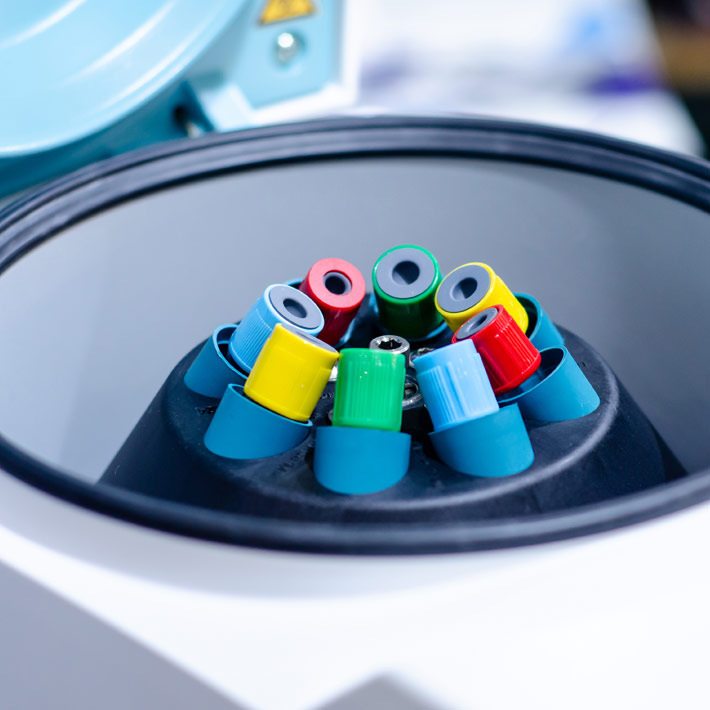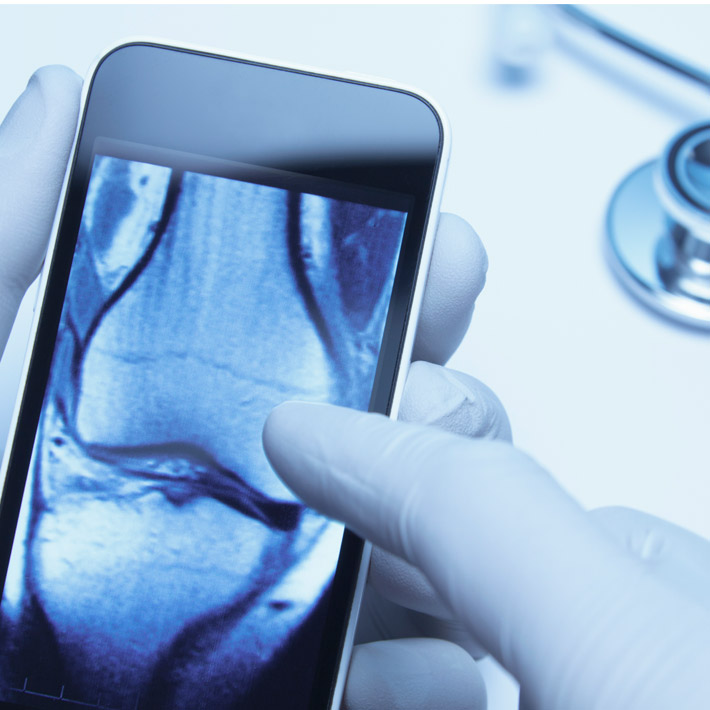30 December 2019
Regular measurement of blood sugar allows people with diabetes to work out how much medication to take and when to eat — avoiding serious complications, including sight loss and limb amputations. However, some don’t keep track, , and because measuring involves taking blood with a finger prick test or wearing a device with an embedded needle.
Levels of glucose in the blood can also be estimated from its concentration in sweat, tears and saliva, but this can be challenging to incorporate into a wearable device because its concentration is much lower, and results can be affected by movement.
Researchers at the Center of Excellence for Green Nanotechnologies (CEGN), a collaboration between the King Abdulaziz City for Science and Technology (KACST), in Riyadh, and the University of California, Los Angeles, have developed a flexible, ultra-thin biosensor. The sensor retains its sensitivity even when bent 100 times, and can be incorporated into a wearable device, such as a watch.
In tests, the new biosensor, which measures less than 1 square millimeter, could detect glucose concentrations ranging from 10 nanomolars to 1 millimolar in saliva, sweat and tears. This is sensitive enough to pick up levels in people with diabetes.
The sensor could also distinguish between sweat samples taken from someone before and after they consumed a glucose drink.
The nanobiosensor is based on field effect transistors (FETs), which allow an electrical current passing through two electrodes to be controlled by the voltage applied to a third terminal. Nanobiosensors based on FETs can measure levels of specific substances based on the interaction of the molecules of that substance with one electrode, affecting the current reaching the other electrode.
The CEGN researchers used nanoribbons of indium oxide as semiconductor channels in their new FET-based nanobiosensor because of the material’s high sensitivity and reliability. They coated the electrodes with the enzyme glucose oxidase, which kicks off a chain of reactions that produce an electrical signal when it interacts with glucose. Single-walled carbon nanotubes were added to increase the sensitivity and a chitosan film to hold the enzyme in place.
“We have shown our biosensor can detect glucose, and that it is extremely sensitive,” says Moh Amer, director of the CEGN. “We’d like to develop our proof of concept into something that can be integrated into a cell phone to allow people to monitor glucose levels in real time.”
References
- Liu, Q., Liu, Y., Wu, F., Amer, M. R., Zhou, C. et al. Highly Sensitive and Wearable In2O3 Nanoribbon Transistor Biosensors with Integrated On-Chip Gate for Glucose Monitoring in Body Fluids. ACS Nano 12 (2), 1170–1178 (2018).| article



